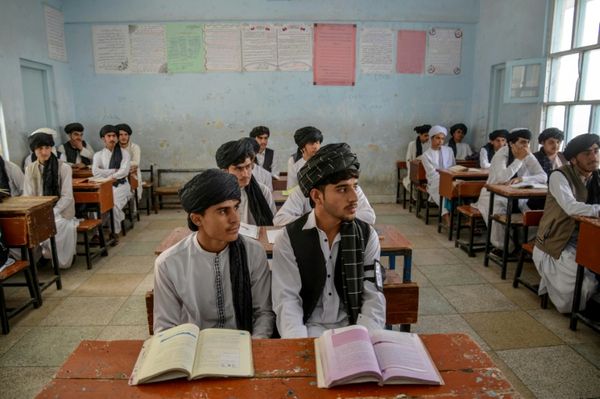
Frederick Wiseman has completed another lengthy, immersive documentary in his signature non-signposted style, without voiceovers, interviews or intertitles. It’s a film-making technique which – as so often with Wiseman – almost gives you the feeling of actually living in the places and institutions he makes his films about, in some real-time, unedited sense. It’s an almost issueless documentary form, and there is something to be said for it, when so many documentaries have a sexed-up quirky story to tell which sometimes means bending the facts or restaging the events.
Wiseman’s new film is about the district of Jackson Heights in New York and of course that word “in” in the title is important. We are put right inside it. The audience is introduced to a very diverse community, with Muslims, Christians and Jews, proud of its historic stand against homophobia since a gay man, Julio Rivera, was murdered there in 1990. It also rallies round to help its immigrant communities, many from Latino cultures, helping with their citizenship applications and employment permits, and there is a vibrant bohemian artistic and cultural identity.
But all this is under threat. Jackson Heights’s very identity could be slipping away. Rather like west London, it is being on the point of being gentrified and yuppified to within an inch of its life. Now that Manhattan and Brooklyn are costly and fashionable, the white-collar commuting classes are zeroing in on Jackson Heights, attracted by the charming community spirit that the modest locals have built up over decades - and pricing them out. Local businesses are also being threatened by a scheme called the Business Improvement District or BID which forces business owners to pay an additional tax to support the surrounding infrastructure. Poorer businesses below a certain threshold theoretically need not pay – but they find themselves under pressure to sell up by the bigger corporations moving in and the freeholders are putting their rents up.
This is the context which Wiseman presents and it is the nearest thing he has to a thesis. Jackson Heights is a community, but it is vulnerable to big economic forces, which may need to be resisted at grassroots level. Wiseman has a knack for finding good talkers; good public speakers, in fact. There are no interviews, so we see a lot of public meetings, with people addressing their audiences at length about the issues described above. But this is not the only rhetorical format. There is an entertainingly raucous class for trainee yellow cab drivers of all nationalities and languages, being harangued by a very droll teacher.
Nothing is too banal or commonplace for Wiseman’s camera not to linger over it. In a tattoo parlour, we see a design etched in with great care and concentration. We see live chickens getting their heads cut off and shoved into gruesome pieces of machinery. We a small dog getting its toenails cut. Wiseman also gives a lot of space to old people: in fact, his film takes its own implied, modest stand against ageism - showing the older people who would be excluded from the cinema screen in almost any genre. He shows cheerful parties and dinners for older people, the neighbourhood’s Wasp and Jewish veterans, and these scenes look like something that Woody Allen might have shot for a film like Broadway Danny Rose, There is a heartrending scene in which a 98-year-old woman stoically asks her companions what the point of her continued existence is.
It’s an engaging portrait - film-making which works from the ground up.







